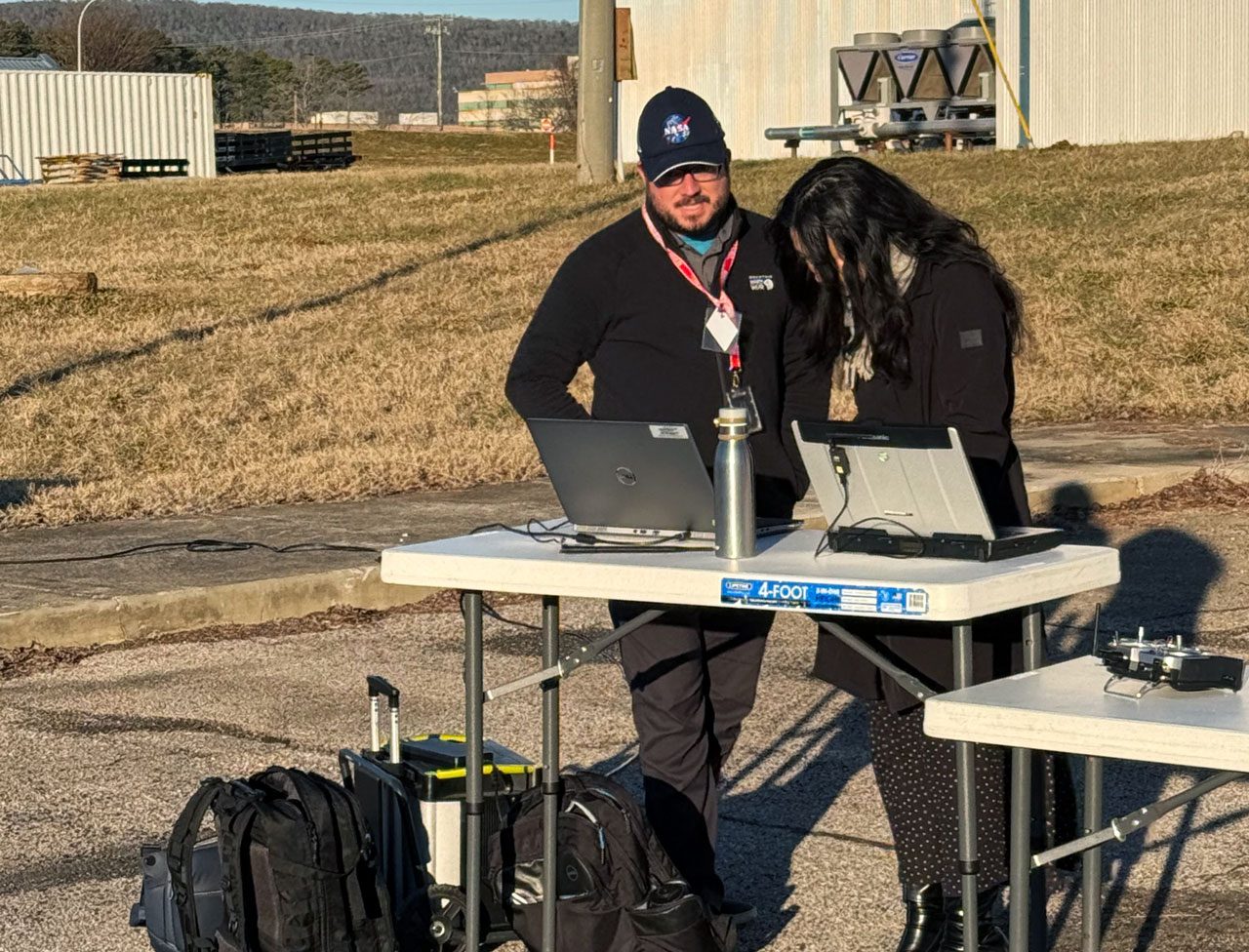NAVXCOM has successfully demonstrated a groundbreaking communication and navigation network on the Moon at NASA Marshall’s test site, marking a major advancement in lunar exploration technology. This is the first system of its kind to utilize local coordinates, enabling astronauts, rovers, and other devices to stay connected and navigate the lunar surface with precision.

The network demonstrated its ability to be self-deployable and self-sustaining on the lunar surface. The system initialized autonomously, and the nodes successfully formed local coordinates by themselves, enabling both their own movement and navigation, as well as guiding other assets, such as rovers and astronauts. This capability ensures that future lunar missions can rely on autonomous networks without requiring constant human intervention.
The network consisted of multiple communication nodes strategically placed to form a dynamic and resilient system. Every 40 seconds, these nodes transmitted status updates—known as heartbeat checks—to confirm their functionality. This continuous monitoring allowed the team to test data routing, ensuring real-time navigation and communication capabilities essential for future lunar missions.
During the test, the network successfully guided an autonomous rover using its locally generated coordinates while simultaneously providing essential communication capabilities. It handled data routing, coordinated updates, and message transmission, all of which were logged within the system. Both the rover and astronauts—simulated through end devices—relied on the network for navigation and communication. Astronauts could determine their precise locations, much like GPS on Earth, using trilateration, which measured distances between multiple network nodes. This seamless integration of navigation and communication functions underscores the system’s ability to support critical lunar operations.
To evaluate system reliability, the team simulated a node failure. Even when a node went offline, data was successfully rerouted, and the network automatically issued a failure alert. Once the node was restored, normal routing resumed without disruption, demonstrating the system’s resilience.
All operational data was meticulously logged and processed using a revolutionary quantum-inspired embedded AI computing technique. This advanced system enabled real-time decision-making, optimized network efficiency, and enhanced overall performance.
The success of this cutting-edge technology marks a significant milestone in the development of reliable lunar communication and navigation systems, a crucial component for the Artemis program. As NASA prepares to return humans to the Moon and establish a sustainable lunar presence, robust and autonomous communication networks will be vital for mission success. The NAVXCOM system represents a key step forward in supporting Artemis’s goals of long-term lunar exploration and future deep-space missions.
The next phase for NAVXCOM involves developing a hardware prototype and enhancing software functionalities and the user interface.
NAVXCOM Successfully Tests Lunar Communication and Navigation Network at NASA Marshall Space Flight Center